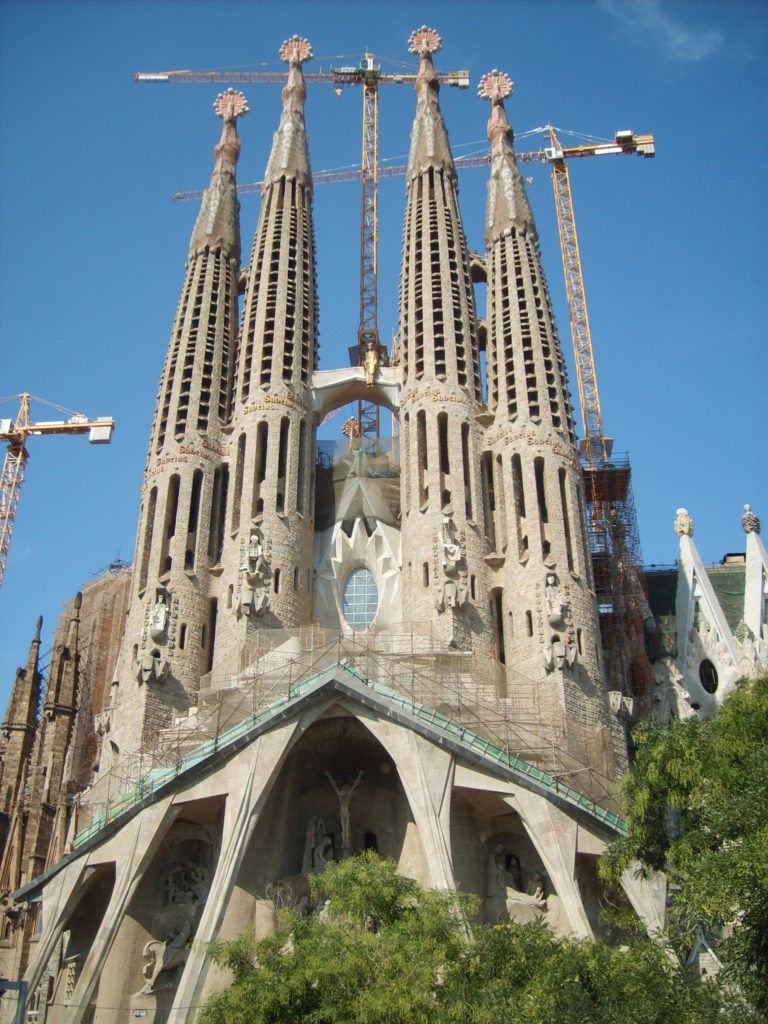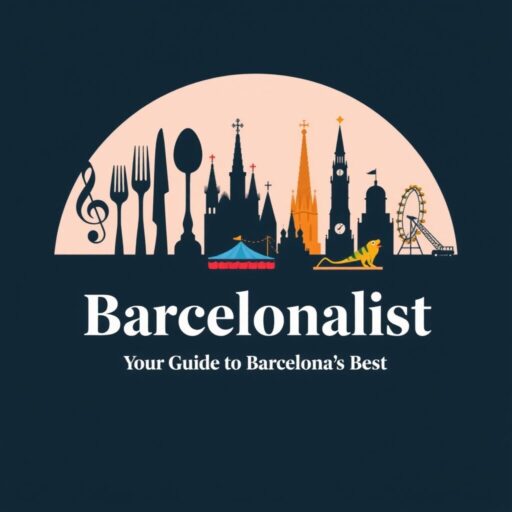The Symbol of Barcelona
The Sagrada Familia stands as one of the most iconic landmarks in Barcelona, drawing millions of visitors each year. This breathtaking basilica, designed by the visionary Catalan architect Antoni Gaudí, is more than just a place of worship; it is a testament to the city’s rich cultural heritage, artistic innovation, and spiritual devotion. Its importance to Barcelona’s history and its unique architectural elements make it a masterpiece that has captured the world’s imagination.

Historical Significance
The Sagrada Familia’s construction began in 1882 and was originally planned as a Gothic-style church under the direction of architect Francisco de Paula del Villar. However, a year later, Antoni Gaudí took over the project, transforming the design into the unprecedented blend of Gothic and Art Nouveau styles that we see today. Gaudí dedicated the last 15 years of his life entirely to the basilica, pouring his heart and soul into creating a structure that reflected his deep Catholic faith and his love for nature.

The basilica represents more than just a religious monument; it is a symbol of Barcelona’s cultural identity and resilience. Despite interruptions caused by wars, financial difficulties, and Gaudí’s untimely death in 1926, the project has continued through the dedication of countless architects, artisans, and workers. Its ongoing construction embodies the spirit of perseverance and innovation that defines Barcelona.
What Makes the sagrada familia Unique?
The Sagrada Familia is unlike any other building in the world, and its uniqueness lies in several key aspects:
1. Gaudí’s Visionary Design
Gaudí’s architectural genius is evident in every detail of the Sagrada Familia. He envisioned the basilica as a “Bible in stone,” with intricate facades and sculptures depicting scenes from the life of Christ. The Nativity Facade, for example, celebrates the birth of Jesus with vibrant, organic designs, while the Passion Facade portrays the somber events of the crucifixion with stark, angular forms.

2. Nature-Inspired Architecture
Gaudí was deeply inspired by nature, and this is reflected in the basilica’s design. The towering columns inside the church resemble trees, branching out to support the ceiling and creating a canopy-like effect. The play of light through the stained-glass windows enhances the natural ambiance, filling the interior with vibrant colors that change throughout the day.

3. Unfinished Masterpiece
One of the most intriguing aspects of the Sagrada Familia is that it remains under construction, even more than 140 years after its inception. Gaudí famously remarked, “My client is not in a hurry,” referring to God as his ultimate patron. During Franco’s regime, the work on the basilica was basically halted. The ongoing work, funded by private donations and ticket sales, is expected to be completed by 2026, coinciding with the centenary of Gaudí’s death.
4. UNESCO World Heritage Site

In recognition of its cultural and historical significance, several parts of the Sagrada Familia were designated as a UNESCO World Heritage Site in 1984. This acknowledgment underscores its importance not only to Barcelona but to the world as a whole.

5. A Blend of Art and Engineering
The Sagrada Familia is a marvel of modern engineering. Gaudí’s innovative use of geometry, catenary arches, and hyperbolic paraboloids has influenced architects and engineers for generations. The basilica’s complex design required groundbreaking techniques, including the use of computer-aided design (CAD) technology in its later construction phases.

A Timeless Icon of Barcelona
The Sagrada Familia is more than just a church; it is a living work of art that continues to evolve and inspire. It reflects the essence of Barcelona—a city where tradition meets modernity, and where art, culture, and spirituality converge. For locals, it is a proud emblem of their heritage, and for visitors, it offers an unforgettable glimpse into the genius of Antoni Gaudí and the soul of Catalonia.
Whether you are drawn to its stunning architecture, its profound spiritual meaning, or its extraordinary history, the Sagrada Familia is a must-visit destination that leaves an indelible mark on all who experience its grandeur. It is a place where the past and the future coexist, a monument to human creativity, and a beacon of faith and beauty in the heart of Barcelona. And it is the tomb of Gaudi, the extraordinary man who dreamed it all up.
Tips on visiting la sagrada familia
Visiting the Sagrada Familia is a truly awe-inspiring experience, but it is necessary to plan well to make the most of your experience. To avoid long lines, it’s best to purchase tickets online in advance and opt for early morning or late afternoon time slots when the crowds are slightly smaller. I typically recommend that friends book at least a couple of weeks in advance to ensure there are tickets. If you don’t, you risk not getting a spot, and missing one of the essential experiences of visiting Barcelona.
I typically suggest a guided tour, as you will gain deeper insights into what you are seeing. , and if you are good with heights and a good walker, choosing the tower option. If you are less steady on your feet, you might want to forego the tower option, as there are a lot of uneven stairs.
Where to book
To book a tour, visit our Sagrada Familia page on Viatour. Our partner Viatour is a trusted and reputable touring company, and offer a number of potential tours to take, ranging in price from 29 euros to 100+euros.
I also suggest taking some time before or after your tour to have a coffee across the street in the park, or at any number of take time to stroll around the nearby Plaça de Gaudí to appreciate the exterior from different angles and enjoy the surroundings. (If you are jonesing for American fast food, the Provenza street at the back of the Sagrada Familia has you covered.)

Leave a Reply